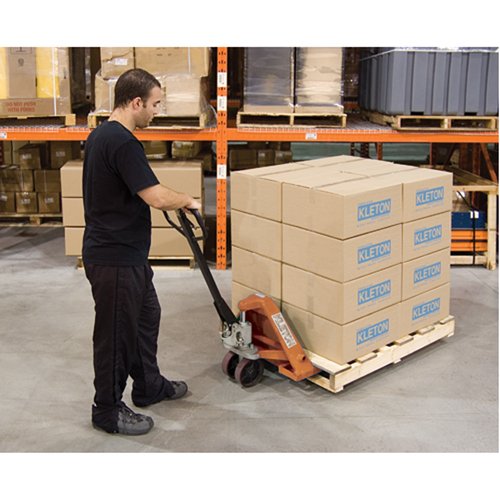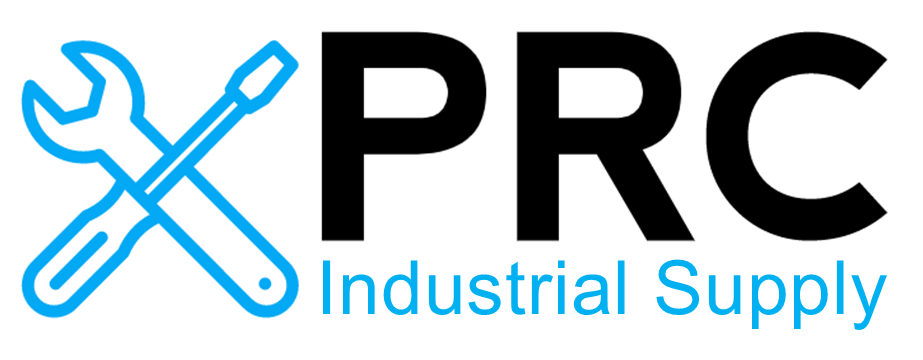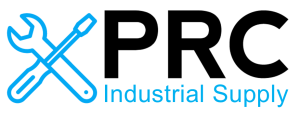It's no secret that proper equipment handling is necessary to maintaining a safe work environment and ensuring the longevity of your tools. Whether you're working in a warehouse, construction site, or any other industry that requires the use of equipment, following best practices for handling these tools is crucial. In this blog post, we'll cover some important tips and guidelines to help you handle equipment safely and efficiently.
Key Takeaways:
- Proper Training: Ensure all employees are properly trained on how to handle equipment safely and effectively.
- Regular Maintenance: Implement a regular maintenance schedule to keep equipment in good working condition and prevent breakdowns.
- Safe Handling Procedures: Establish and follow safe handling procedures to minimize the risk of accidents or injuries.

Hand truck in a warehouse
Setting the Stage for Safety
Assuming you are ready to ensure a safe work environment for equipment handling, it is crucial to follow the A 10-step guide to navigating the material handling inspection blitz. These steps will lay a solid foundation for preventing accidents and promoting a culture of safety in your workplace.
Understanding Your Equipment
Setting aside time to familiarize yourself with the equipment you will be handling is important for safe operation. Understanding the machinery's capabilities, limitations, and safety features will help you use it effectively and prevent accidents.
Essential Safety Guidelines
Essential safety guidelines are rules and precautions put in place to protect you and others in the vicinity while handling equipment. This includes wearing appropriate personal protective equipment, ensuring clear communication with team members, implementing proper lifting techniques, and conducting regular equipment maintenance checks to identify any potential hazards.
The Art of Maintenance
Regular Equipment Check-ups
Any successful maintenance program begins with regular equipment check-ups. To ensure optimal performance and longevity of your equipment, it's vital to consistently inspect and monitor all parts and functions. Refer to Best Practices for Material Handling to incorporate effective check-up routines into your maintenance schedule.
Addressing Wear and Tear
Maintenance is key when it comes to addressing wear and tear on equipment. Regularly checking for signs of wear, such as loose components or rust, can help prevent breakdowns and prolong the lifespan of your machinery. The sooner wear and tear issues are identified and addressed, the less likely they are to develop into more extensive and expensive problems.
Efficient Equipment Operation
Operating Equipment with Skill
Skill is crucial when it comes to operating equipment efficiently. Make sure to fully understand the equipment you are using, including its functions and safety features. Practice using the equipment to improve your proficiency and ensure smooth operations. Proper training and guidance can also help in mastering the skills needed for optimal equipment handling.
Enhancing Productivity Safely
Safely enhancing productivity is a top priority when it comes to efficient equipment operation. Always prioritize safety protocols and guidelines to prevent accidents and ensure a secure working environment. Regular maintenance checks and inspections can also help in identifying any potential hazards or issues that may affect productivity and safety.
To ensure maximum productivity safely, operators should always wear appropriate safety gear, follow standard operating procedures, and regularly inspect equipment for any signs of wear or damage. It is also important to prioritize rest breaks and avoid overexertion to prevent accidents due to fatigue. By combining skillful operation with a focus on safety, equipment handling can be efficient and productive while minimizing risks.
Training and Teamwork
Creating a Culture of Safety
One of the most important aspects of equipment handling is creating a culture of safety within your team. This can be achieved by setting clear guidelines and expectations for safe practices, conducting regular safety training sessions, and promoting open communication about potential hazards.
The Role of Continuous Training
An necessary component of effective equipment handling is continuous training. Regular training sessions ensure that team members are up-to-date on the latest handling techniques and safety protocols. This not only enhances their skills but also instills a sense of responsibility towards equipment safety.
Role: Continuous training plays a vital role in equipment handling as it helps in reducing the risk of accidents and ensures that team members are equipped with the necessary knowledge and skills to handle equipment effectively. It also fosters a sense of teamwork and collaboration among team members, leading to a safer and more efficient work environment.
Final Words
Presently, you have learned about the best practices for equipment handling to ensure safety and efficiency in your workplace. By following these guidelines, you can prevent accidents, extend the lifespan of your equipment, and maintain a productive work environment. Remember to always prioritize safety, properly maintain your equipment, and provide training to employees to handle equipment correctly. By implementing these best practices, you can create a safe and efficient work environment for everyone involved.
FAQ
Q: What should I do before handling any equipment?
A: Before handling any equipment, make sure to read the user manual and familiarize yourself with the proper procedures and safety precautions.
Q: How should I lift heavy equipment safely?
A: When lifting heavy equipment, remember to bend your knees, keep your back straight, and use your legs to lift. It is also recommended to use lifting aids or ask for help if the equipment is too heavy.
Q: How do I store equipment properly?
A: To store equipment properly, clean and inspect it before storing, keep it in a dry and secure area, and use protective covers or cases when necessary. Make sure to follow any manufacturer recommendations for long-term storage.
When handling various types of items, it's important to have the right equipment to save time and energy. Here are some tips and recommendations for the best equipment from PRC Supply:
1. For lifting heavy objects, consider using a material handling cart or platform truck to help transport items more efficiently. PRC Supply offers a variety of carts and trucks to suit your needs.
2. When moving bulk materials such as sand, gravel, or dirt, a wheelbarrow or dolly can be a lifesaver. PRC Supply carries heavy-duty wheelbarrows and dollies for easier transportation.
3. Organizing smaller items in your warehouse or storage area is essential for efficiency. Consider using storage bins, bins carts, or shelving units to keep items organized and easily accessible. PRC Supply offers a wide range of storage solutions to help streamline your operations.
4. If you need to transport items up or down stairs, a stair climbing hand truck can be a game-changer. PRC Supply has durable hand trucks with stair climbing capabilities to make moving items on stairs a breeze.
Remember, when choosing the best equipment for your business, there is a real person available at PRC Supply to help. Feel free to reach out to our knowledgeable team for assistance in selecting the right material handling equipment for your specific needs. Visit our Material Handling product category to explore our full range of products.


